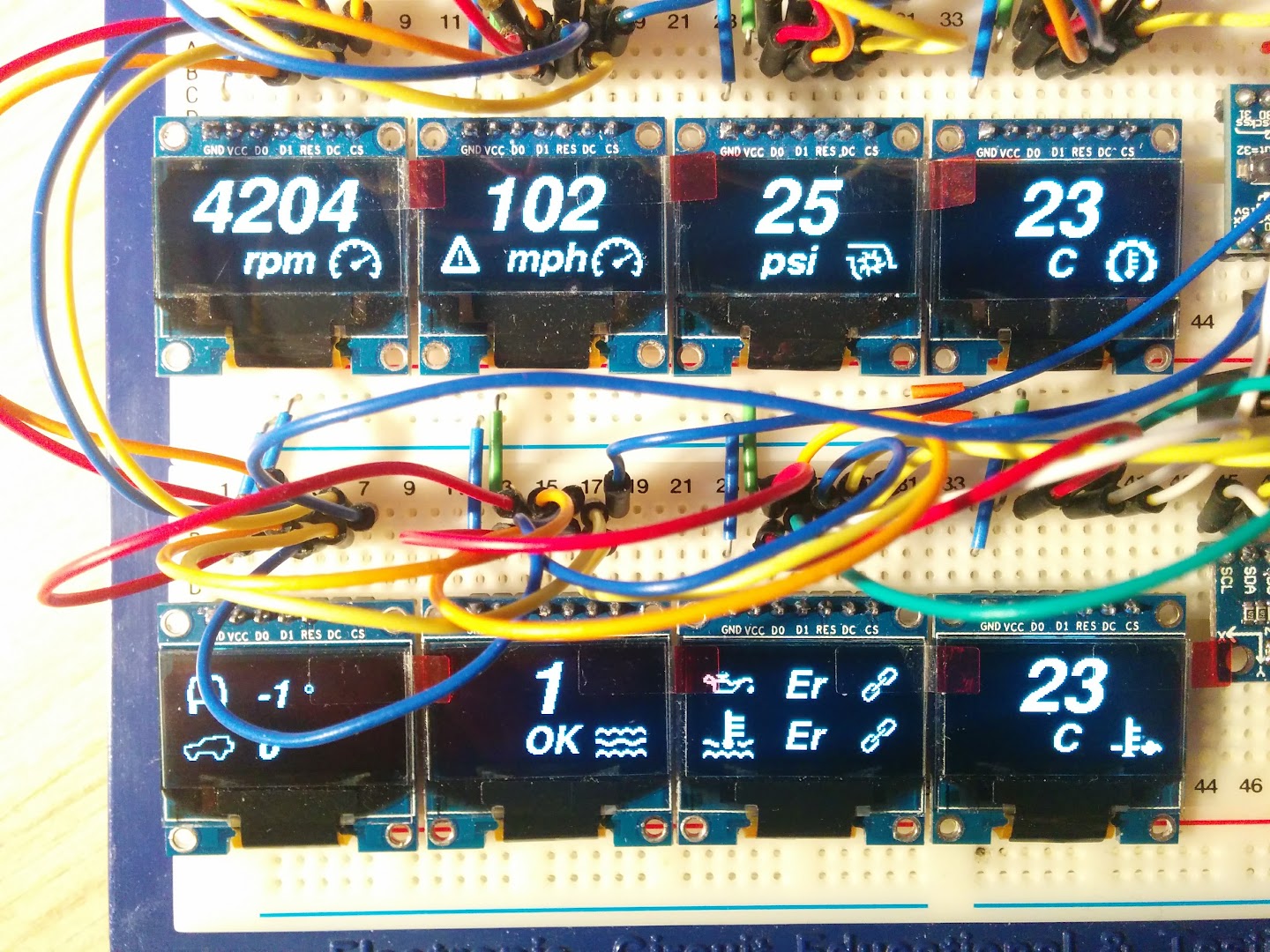Bennehboy
Well-Known Member
- Posts
- 2,260
- Location
- Huddersfield
I did electronics at Uni over 20 years ago and never touched it since, took a lot of reading to be able to get back in the swing.
Edited due to incompetence in correctly reading your question!!Sorry to ask a question off topic. I first looked at Arduino boards about 6 weeks ago. If you were going to use one to monitor something over time, and record the data, would you have to connect it to something like a raspberry pi?
Didn't see what you wrote. Doubt it would be incompetence, probably not fully awake at that time in the morning!Edited due to incompetence in correctly reading your question!!
I was going to say that the Arduino is pretty well self contained but then I re-read that you wanted to use it as a sort of data logger but as it doesn't have any non-volatile memory (that I'm aware of) it would forget whatever it was logging when it was turned off.Didn't see what you wrote. Doubt it would be incompetence, probably not fully awake at that time in the morning!
I was going to say that the Arduino is pretty well self contained but then I re-read that you wanted to use it as a sort of data logger but as it doesn't have any non-volatile memory (that I'm aware of) it would forget whatever it was logging when it was turned off.
You can get an SD card 'shield' to plug into the Duino, they're pretty cheap so you can dump the data out to that.
Or use a Pi, pretty sure code's pretty portable between the 2.
Cheers, Bennehboy. There might be a PM or two coming your way in 3 or 4 weeks time.Be happy to help.
Ya doin it again!Ha, I just thought it made sense that since it will be a permanent fixture it may as well be able to do a subset of what the nanocom can.
I think the nanocom is great but it's such a pain to have plugged in and mounted.
Hi mateStill working away on this.
The more I 'get into' things the more ambitious I seem to get.
Anyhow, I'm currently working on code that will directly read PID info from the TD5 ecu, this means that the standard sensors/fuelling info can be read just as a Nanocom does.
I've got the code bench tested and am building the circuitry at present to test this in vehicle with a live ECU.
I've also got a variant that will work with a bog standard ELM327 based bluetooth OBD dongle, meaning the system can work in just about any modern OBD compliant vehicle.
Photo of the device reading OBD PIDs for RPM & Speed below:

Welcome To LandyZone, the Land Rover Forums!
Here at LandyZone we have plenty of very knowledgable members so if you have any questions about your Land Rover or just want to connect with other Landy owners, you're in the right place.
Registering is free and easy just click here, we hope to see you on the forums soon!
